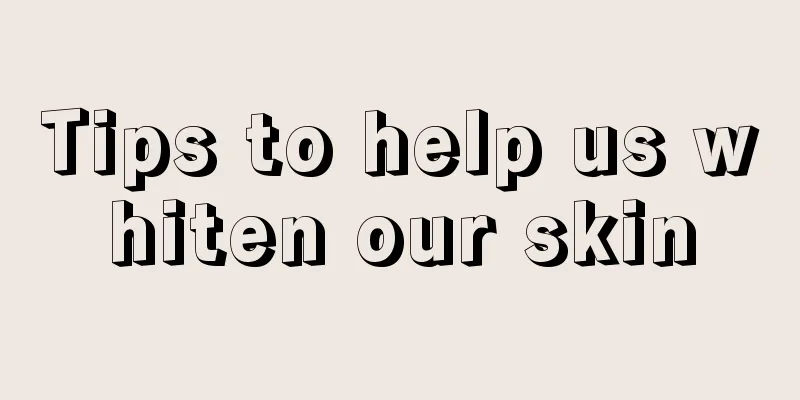What to do if uterine adhesions occur after miscarriage

|
After a miscarriage, a woman's body is relatively weak, and miscarriage, especially some complications caused by artificial abortion, or uterine cavity infection, may cause uterine adhesions, so it is necessary to pay attention to correct treatment, and try to avoid abortion surgery in life. 1. Uterine cavity adhesion refers to the partial or complete adhesion of the anterior and posterior walls of the uterine cavity, causing the uterine cavity to narrow or disappear. Intrauterine adhesions are mainly caused by damage to the basal layer of the endometrium due to surgery or pathological changes. They occasionally occur after vacuum extraction or curettage. Endometrial tuberculosis, severe intrauterine infection, myomectomy or laparotomy can all damage the endometrium and cause intrauterine adhesions. 2. Clinical manifestations 1. Secondary oligomenorrhea and amenorrhea. 2. Oligomenorrhea, amenorrhea and cyclical abdominal pain after abortion or curettage. 3. Infertility. Diagnostic basis: 1. The above main symptoms and signs. 2. When exploring the uterine cavity, the patient feels that it is narrow or cannot be explored. 3. Uterine iodized oil contrast examination shows that the uterine cavity is only partially filled or not filled at all. Treatment principles 1. Use a cervical dilator or probe to separate adhesions. 2. Separate adhesions under direct hysteroscopy. 3. After separation of adhesions, an IUD is placed in the uterine cavity for 3 to 6 months to prevent adhesions from occurring again. 4. Artificial cycle treatment can be given after surgery for 2-3 cycles. Principles of medication: After surgical separation of adhesions, this disease is often treated with intrauterine contraceptive ring placement, and artificial cyclic treatment with estrogen and progesterone as appropriate. III. Evaluation of therapeutic efficacy 1. Cure: Adhesions are completely separated and symptoms disappear. 2. Improvement: Symptoms are alleviated. 3. Not healed: Adhesions still exist and symptoms have not improved. Experts suggest that intrauterine suction curettage should not be performed excessively to avoid damaging the basal layer of the endometrium. Adhesions should be separated sufficiently, and after separation, an intrauterine contraceptive device should be placed simultaneously and artificial cycle treatment should be adopted. |
<<: Will women with intrauterine adhesions have menstruation?
>>: Can a woman with intrauterine adhesions keep the baby?
Recommend
Medical Science | Blood Pressure Management: Understanding, Preventing and Controlling Hypertension
...
How to avoid sticking to the pan when frying shredded potatoes
Potatoes are a popular food in life. They are div...
Diet to lose weight and menstruation
Many girls want to lose weight, but they are not ...
Should I take medicine for menopause at the age of 46?
Menstruation is very important for women. We shou...
Can I eat kelp and pork ribs soup when I am pregnant?
During pregnancy, if the mother does not have a s...
How old is the mother?
As people’s life pressure continues to increase i...
What are the harms of polycystic ovary to the body?
Polycystic ovary syndrome is caused by induced ab...
How to promote the secretion of female hormones
The secretion of estrogen is very important for w...
What are the gastrointestinal inflammations in women
Gastrointestinal inflammation is a disease phenom...
Is a kidney cyst a tumor? Does it require surgery? Find out!
The vast majority of renal cysts are benign condi...
How long does it take for the lochia to clear up after induced abortion?
Many female friends will experience lochia after ...
How many days can I use a test strip to detect my period?
Many people like to use pregnancy test sticks to ...
How to supplement severe anemia in pregnant women_How to supplement anemia in pregnant women
Anemia is a common disease. It is a manifestation...
How to maintain adenomyosis?
We all know that gynecological diseases are very ...
The efficacy and role of eating onions for women
Scallions are probably the most common vegetable....









